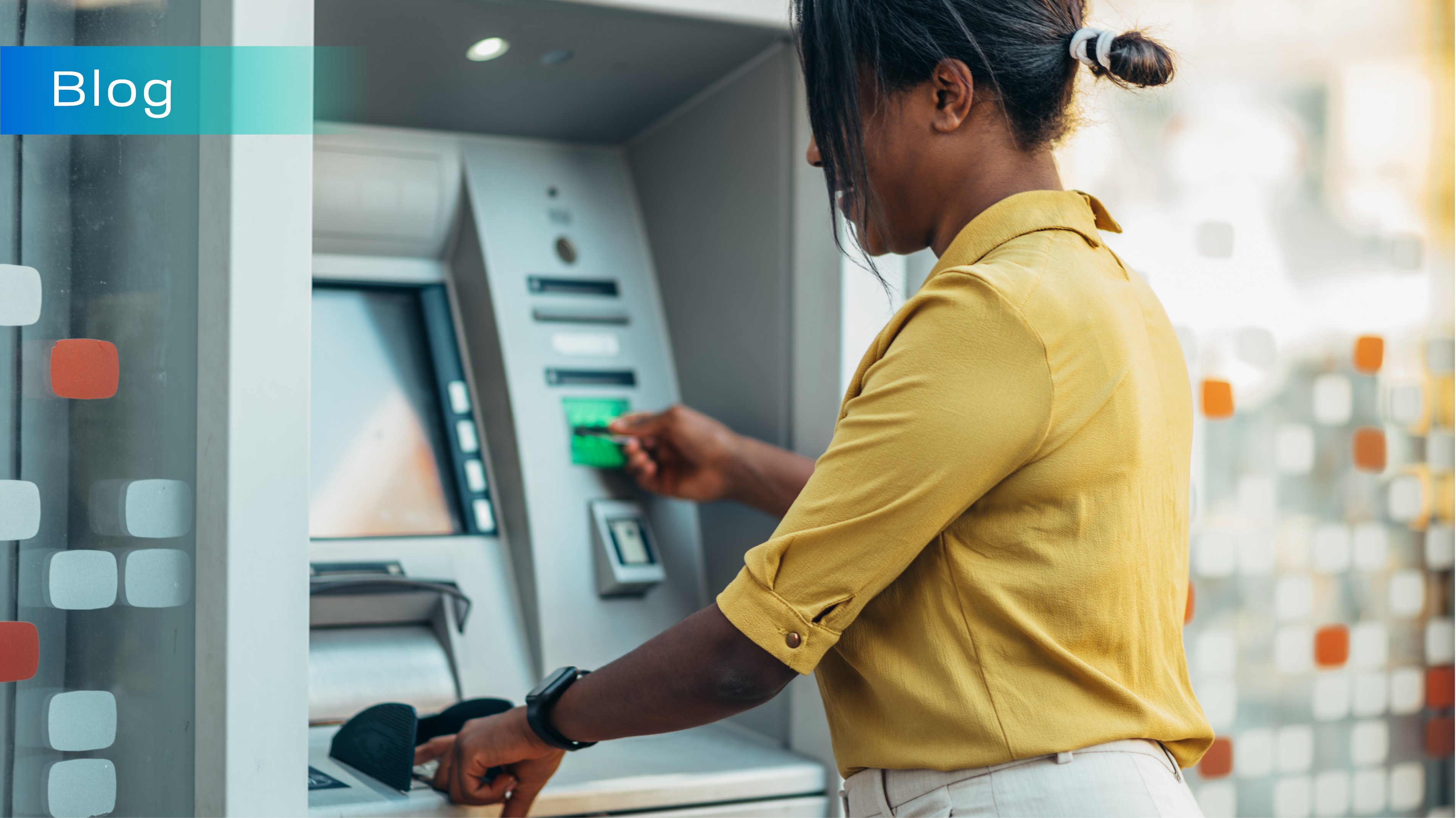Bank marketing, like any other type of industry-specific marketing, is how banks and credit unions acquire more depositors. When it comes to community bank marketing, however, there's interesting challenges yet upsides when it comes to generating creative marketing ideas for banks.
Here's how small local banks can level up their financial services marketing and effectively reach their communities.
Community Bank Marketing Strategies
Local bank marketing has some advantages over large banks. What small local banks and credit unions lack in national ad buys, they more than make up for with the ability to impactfully connect with local customers.
There are many ways that community banks can effectively reach their local communities:
Traditional and Digital Marketing for Banks
Even if your ultimate priority in local bank marketing is to acquire customers in a specific community, digital presence is still important. It establishes that your institution is what it says it is and being easily found online is of utmost importance for any organization in the digital age.
Local Print Advertising
There's still a great deal of power in print. Local magazines should be included in a community bank's marketing strategy as these publications are directly targeted to the areas served.
Local SEO
Just like sponsoring local events and ad placement in local newspapers, local digital advertising is even more crucial to building a strong online presence that inspires trust and confidence.
SEO is critical for being easy to find, especially when most people search on their phones today. Local directories that specifically feature businesses for a town, county, or community should get link-building priority. For digital presence aspects more in your control, building a strong Google Business profile and establishing a cohesive social media brand is also integral for younger generations to connect to local banks.
Social Media
Vast swaths of Millennial and Gen Z customers aren’t even aware that there are banking options other than corporate chains and online-only banks where they can’t go in person to complete a transaction or solve a problem.
This makes social media presence a must. Frequent posting, proper hashtag use, and buying traffic through locally-targeted ads are key to adding authority to your domain. With younger generations looking to social media to discover and share information, they also use direct message functions for customer service.
Targeted Display Ads
Display and video ads are also effective ways to reach younger demographics. In the age of big data, there are numerous untapped opportunities for local bank marketing to reach younger users when they’re scrolling through their phones several times a day. Contextual targeting can be used to reach hyper-local users regardless of which apps they use and how they use them.
Experiential Bank Marketing Strategies to Boost Brand Awareness
Include Sponsoring Local Events in Your Local Bank Marketing Plan
Street fairs and night markets, concerts, school fundraisers, Little League games, and other events that bring communities together are prime opportunities for community bank marketing. By sponsoring these events, you are raising brand awareness while highly targeting customers.
While a large bank could easily buy a Superbowl ad, it's also integral to their marketing strategy to reach a large pool of customers. Community banks don't need to spend their ad budget on national reach. Sponsoring a local softball league, community theater, and getting a booth at the county fair is how to find customers who live and operate businesses in the area your bank serves.
By sponsoring local charities and community development initiatives, such as fixing potholes, it also demonstrates that your institution is invested in the community that it serves. It is a trust-building form of marketing that is more powerful than massive outreach.
Offer Financial Education and Literacy Programs
Financial education and literacy have become more important to people in the digital age. Millennials grew up in a radically different economy than the one they came of age in, and it’s changed even more as they approach middle age. With Gens Z and Alpha being digitally native in comparison, they haven’t relied on their parents and schools much for financial education and start with social media.
There are missed opportunities that local banks must capitalize on: according to this study from Deloitte, only 33% of Millennial consumers consider involving their bank in their long-term financial goals like buying a home.
By making financial education programs a cornerstone of your community bank marketing strategy, it enables potential customers to make an informed choice and see the advantages of using a local bank. Financial literacy programs for parents with school-age children can help them navigate what is often a stressful time. In creating these programs and marketing them directly to the communities served, they can also take locality-specific details into account such as state-level tax benefits.
Much of the student debt crisis has been attributed to young students lacking financial literacy regarding private student loans and student loan refinancing options. When the digital age was still dawning, it wasn’t always easy to find information on collegiate financing and refinancing. Now that young people have immediate, easy access to information about student loans, community banks can effectively teach financial literacy with simple and engaging content tailored to them. While every student considers FAFSA, scholarships, and financial aid, local bank marketing efforts can include state and local programs since many families often are not aware that they exist.
By making this information available to students before they enroll in college and that first tuition payment is due, they can determine which options best fit their needs and potentially start a relationship with their community bank early in their professional lives.
Provide Free Financial Resources to Your Community
Financial literacy programs are an incredible resource to offer your community. To keep people engaged and open dialog, offer weekly webinars on timely topics such as tax filing. Include locality-specific topics.
Articles, videos, and social content addressing basic financial literacy will also help your community bank establish digital authority as a brand while providing free helpful content to current and potential customers.
Diversify Your Local Bank Marketing Efforts
Community bank and credit union marketing can be a challenge. You need the right marketing experts in your corner, MNI Targeted Media can create a data-driven marketing campaign that delivers results.
Contact us today to set up an assessment so we can create the ideal messaging that will bring the local community to your financial institution rather than corporate bank chains.








